Introduction to Jamaican Jews
The story of the Jewish community in Jamaica is one of resilience, adaptation, and significant contribution to the island’s rich cultural and economic tapestry. From their initial arrival in the late 15th century, fleeing persecution during the Spanish Inquisition, to their integral role in Jamaica’s development under British rule, the Jews of Jamaica have left an indelible mark on the island’s history.
Brief Overview of the History of Jews in Jamaica
The arrival of Jews in Jamaica began in the late 15th century when Sephardic Jews fled the Spanish Inquisition. Seeking refuge from persecution, these Jews initially found a precarious sanctuary under Spanish colonial rule, often practicing their faith covertly as “Conversos” or “Crypto-Jews.” The capture of Jamaica by the British in 1655 marked a turning point, as the more tolerant British governance allowed Jews to openly practice their religion and establish a vibrant community.
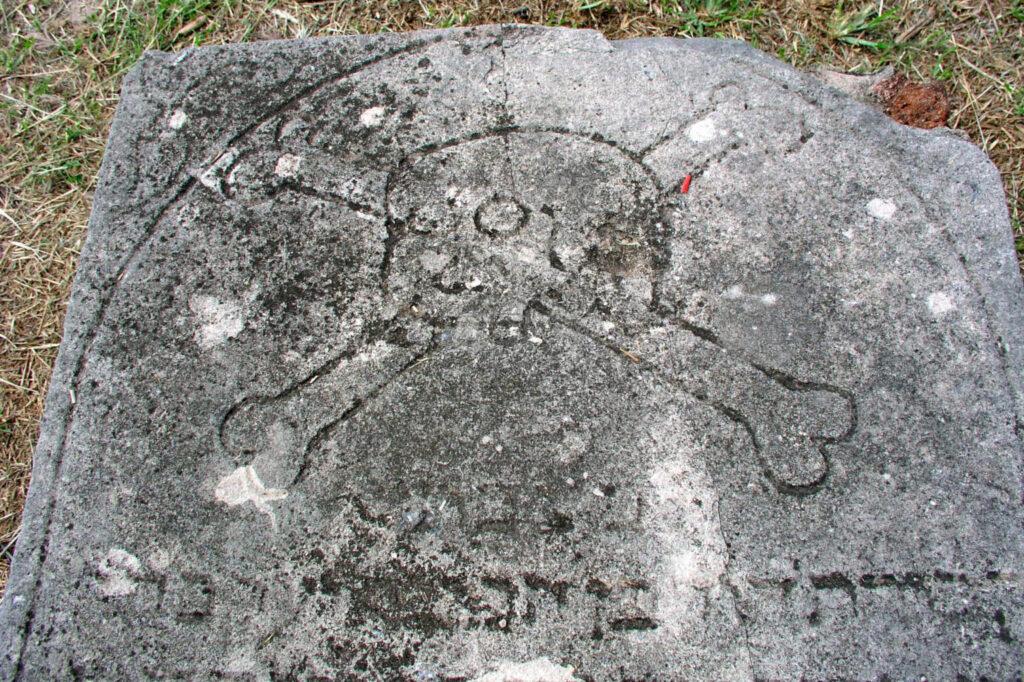
Throughout the 17th and 18th centuries, the Jewish population in Jamaica grew as more Sephardic Jews, and later Ashkenazi Jews, settled on the island. They built synagogues, established cemeteries, and formed educational institutions, laying the foundations of a robust community. Notable families like the Da Costas, Lamegos, and Henriques emerged as influential figures, significantly contributing to the island’s economic and social fabric.
Importance of the Jewish Community in Shaping Jamaican Culture and Economy
The Jewish community played a pivotal role in shaping Jamaica’s economy, particularly through their involvement in trade, agriculture, and industry. They were instrumental in the development of key sectors such as sugar, coffee, cocoa, rum, and tobacco. Leveraging their extensive trade networks, they connected Jamaica to Europe, the Americas, and other parts of the Caribbean, facilitating the flow of goods, information, and capital.
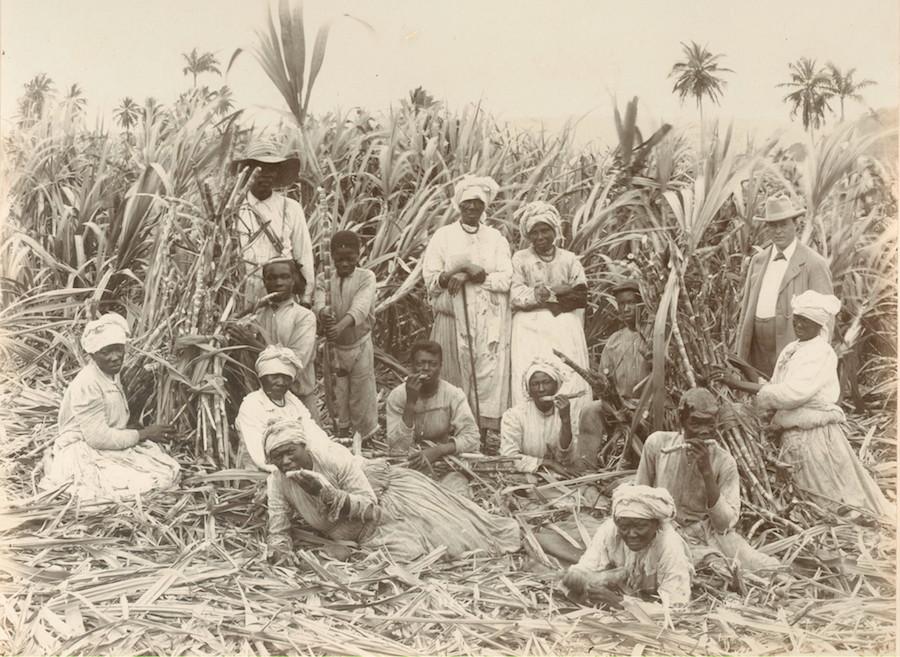
Beyond economic contributions, the Jews of Jamaica enriched the island’s cultural landscape. They established the first printing press, contributing to the dissemination of knowledge and literature. Jewish traditions and festivals blended with local customs, creating a unique cultural fusion. Culinary practices, language, and music were all influenced by this integration, with traditional Jewish foods being adapted to include local ingredients and Hebrew and Ladino words being incorporated into the Jamaican dialect.
The resilience and adaptability of the Jewish community were particularly evident in their response to natural disasters and social changes. Despite facing numerous challenges, including earthquakes and hurricanes, they continually rebuilt and strengthened their community. Their philanthropic efforts extended beyond their own community, contributing to the welfare and development of the wider Jamaican society through funding schools, hospitals, and other social services.
As we delve deeper into the history of the Jewish community in Jamaica, the next section will explore the establishment of their institutions, the cultural integration, and the notable families that played significant roles in the island’s development.
Early History
The history of Jews in Jamaica is rich with tales of migration, adaptation, and resilience. From their initial arrival in the late 15th century to the profound impact they have had on the island’s development, the Jewish community’s journey in Jamaica is a testament to their enduring spirit.
Arrival of Sephardic Jews Fleeing the Spanish Inquisition in the Late 15th Century
The story begins with the expulsion of Jews from Spain in 1492 under the Alhambra Decree, a part of the Spanish Inquisition. This decree forced thousands of Sephardic Jews to flee their homeland to escape persecution. Many sought refuge in neighboring Portugal, but a similar expulsion followed in 1497. Faced with limited options, these Jews dispersed across Europe and the Mediterranean, with some venturing as far as the Caribbean in search of safety and new opportunities.
Jamaica, claimed by Christopher Columbus for Spain in 1494, became one of the destinations for these Sephardic Jews. Arriving as refugees, they initially had to practice their faith in secret, often living as “Conversos” or “Crypto-Jews,” outwardly adhering to Catholicism while secretly maintaining Jewish traditions. This precarious existence marked the early years of the Jewish presence in Jamaica under Spanish colonial rule.
Settlement in Jamaica Under Spanish and Then British Rule
Life under Spanish rule was fraught with challenges for the Jewish settlers. The Spanish Inquisition’s reach extended to the colonies, where authorities sought to enforce Catholic orthodoxy. Despite these harsh conditions, the Jewish community managed to establish a foothold, contributing to the local economy through trade and commerce.
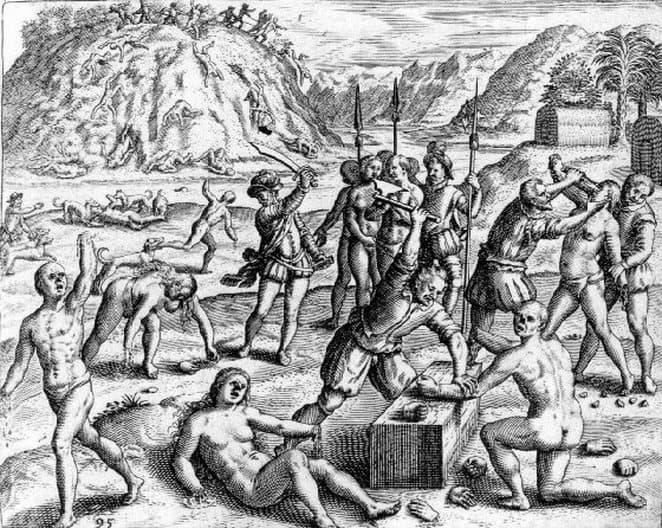
A significant turning point came in 1655 when the British captured Jamaica from the Spanish. The British, unlike their Spanish predecessors, were more tolerant of religious diversity. This shift in governance allowed Jews to practice their religion more openly and without fear of persecution. The Jewish community began to flourish, attracting more Sephardic Jews from other parts of the Caribbean and Europe.
The Shift from Covert to Open Practice of Judaism After British Conquest in 1655
The British conquest of Jamaica ushered in a new era of religious freedom for the Jewish community. No longer forced to hide their faith, Jews openly practiced Judaism, built synagogues, and established communal institutions. This period of relative freedom and security encouraged growth and prosperity within the community.
One of the earliest and most significant developments was the construction of the Neveh Shalom Synagogue in 1704 in Port Royal, which later had to be rebuilt in Kingston after the devastating earthquake of 1692. The establishment of the Shaare Shalom Synagogue in Kingston further solidified the presence of the Jewish community on the island.
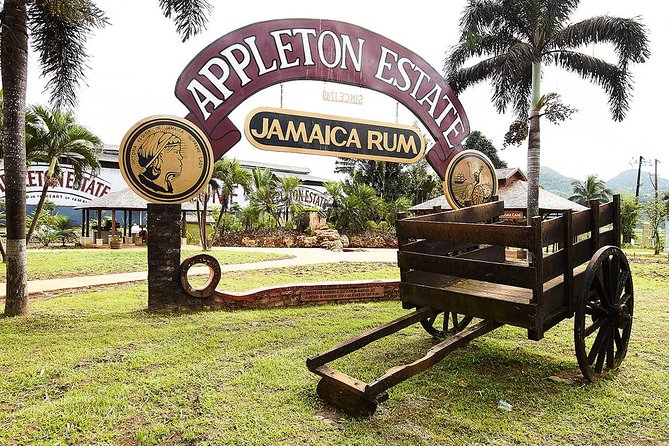
As the community grew, so did its influence on the island’s social, economic, and cultural fabric. The Jews played a crucial role in the development of Jamaica’s trade networks and industries, particularly in the areas of sugar, coffee, cocoa, rum, and tobacco. Their contributions laid the groundwork for a thriving community that would continue to integrate into Jamaican society while maintaining their distinct cultural and religious identity.
Transitioning from this foundational history, we will now explore the development of the Jewish community in Jamaica, delving into their establishment of synagogues, cemeteries, schools, and their enduring cultural and economic contributions.
Community Development
The development of the Jewish community in Jamaica is marked by the establishment of significant religious, educational, and cultural institutions. These efforts not only provided the community with a strong foundation but also contributed immensely to the island’s broader society.
Establishment of Synagogues
Neveh Shalom Synagogue (1704) in Port Royal
One of the first major steps in the development of the Jewish community in Jamaica was the construction of the Neveh Shalom Synagogue in 1704 in Port Royal. This synagogue symbolized the newfound freedom Jews enjoyed under British rule and served as a central place of worship and community gathering. Unfortunately, the synagogue was destroyed by the catastrophic earthquake of 1692, which nearly obliterated Port Royal. Despite this setback, the resilient Jewish community persevered and continued to rebuild and adapt.
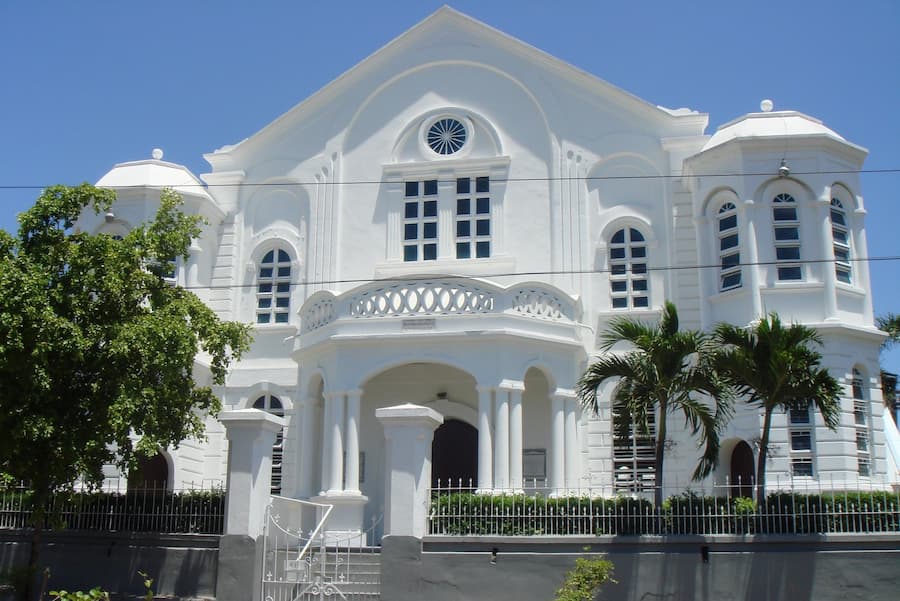
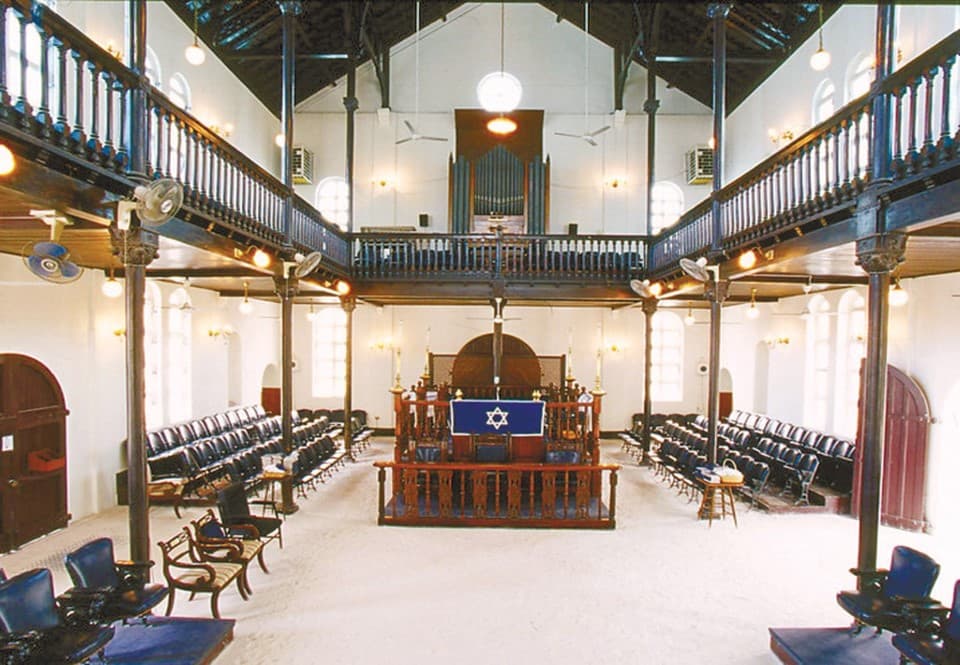
Shaare Shalom Synagogue in Kingston
Following the destruction in Port Royal, the Jewish community shifted its focus to Kingston, which was becoming the island’s new commercial and administrative center. The Shaare Shalom Synagogue, established in Kingston, became the new spiritual and communal heart of Jamaican Jews. Over the years, this synagogue has been rebuilt several times, notably after the fire of 1882, and it stands today as one of the oldest synagogues in the Western Hemisphere. The Shaare Shalom Synagogue remains a vibrant place of worship and a symbol of the enduring presence of Jews in Jamaica.
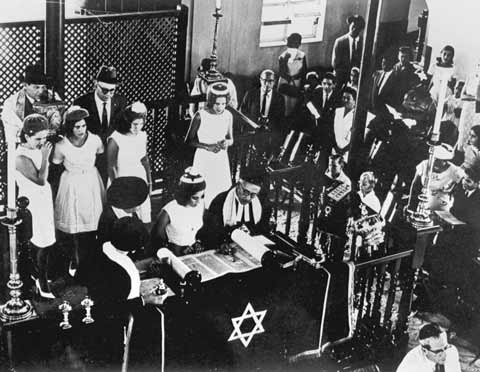
Creation of Jewish Cemeteries
Hunt’s Bay Cemetery and Other Historical Burial Sites
Jewish cemeteries were among the first institutions established by the community, ensuring that their burial practices adhered to Jewish law. The Hunt’s Bay Cemetery, dating back to the 17th century, is one of the oldest Jewish cemeteries in the New World. These cemeteries serve not only as resting places for the deceased but also as historical landmarks that testify to the long-standing presence of Jews in Jamaica. The inscriptions on the tombstones, often in Hebrew, provide a rich historical record of the community’s heritage.
Formation of Educational Institutions
Early Jewish Schools and the Hillel Academy
Education has always been a cornerstone of the Jewish community in Jamaica. Early on, Jewish settlers established schools to provide both religious and secular education to their children. These institutions played a crucial role in preserving Jewish traditions and ensuring that the younger generation was well-prepared for the future. The Hillel Academy in Kingston, founded in the 1960s, stands out as a testament to the community’s commitment to education. It is one of the leading educational institutions on the island, known for its academic excellence and diverse student body.
Social and Cultural Contributions
First Printing Press
The Jewish community’s contributions to Jamaican society extended beyond religion and education. They were instrumental in establishing the island’s first printing press, which significantly contributed to the dissemination of knowledge and culture. Jewish printers and publishers produced a wide range of literature, newspapers, and religious texts, playing a key role in the intellectual development of Jamaica.
Integration of Jewish Traditions into Local Culture
Jewish traditions and festivals were integrated into the local culture, enriching Jamaica’s cultural landscape. During the festival of Purim, for example, the community would hold celebrations that included elements of local customs and cuisine. The observance of Passover was adapted to include Caribbean flavors, with traditional dishes incorporating local ingredients such as yams and plantains.
Contributions to Literature, Music, and Festivals
The cultural contributions of Jamaican Jews are evident in the fields of literature, music, and festivals. Jewish writers and poets added to the island’s literary heritage, while Jewish musicians and composers influenced the local music scene. The fusion of traditional Jewish melodies with African rhythms created unique musical expressions that resonated with the broader Jamaican populace.
As we continue to explore the rich tapestry of the Jewish community in Jamaica, the next section will delve into their economic contributions, highlighting the key industries and trade networks that Jewish families established and nurtured on the island.
Economic Contributions
The Jewish community in Jamaica has played a pivotal role in the island’s economic development, making substantial contributions across various sectors and industries.
Jewish Involvement in Trade, Agriculture, and Manufacturing
From the early days of settlement, Jews in Jamaica engaged actively in trade, leveraging their networks and expertise to facilitate commerce both locally and internationally. They played key roles in importing goods and exporting local produce, contributing to the growth of Jamaica’s economy.
Sugar, Coffee, Cocoa, Rum, and Tobacco Industries
Among the industries where Jews made significant impacts were sugar, coffee, cocoa, rum, and tobacco. These sectors were crucial to Jamaica’s economy during different periods of history. Jewish entrepreneurs and merchants, such as the Da Costas, Lamegos, and Henriques, owned and managed plantations, mills, and refineries, driving production and exportation.
Sugar: Jewish families were prominent in the sugar industry, which was the backbone of Jamaica’s economy during the colonial period. They owned and operated sugar plantations, contributing to the island’s status as a leading producer of sugar in the Caribbean.
Coffee and Cocoa: Jews were also involved in coffee and cocoa cultivation, which flourished in Jamaica’s fertile lands. Their investments and expertise helped expand these industries, making Jamaican coffee and cocoa highly sought after in international markets.
Rum and Tobacco: In addition to agricultural products, Jewish merchants played significant roles in the rum and tobacco industries. They invested in distilleries and tobacco plantations, producing high-quality products that were exported worldwide.
Notable Jewish Families
Da Costas, Lamegos, and Henriques
- Da Costas: The Da Costa family was one of the most influential Jewish families in Jamaica. They were involved in various industries, including sugar and coffee production, and their economic activities spanned generations.
- Lamegos: The Lamegos family made substantial contributions to the rum industry. They owned distilleries and were instrumental in establishing Jamaica’s reputation for producing fine rum.
- Henriques: The Henriques family played a crucial role in trade and commerce. Moses Cohen Henriques, for example, was known not only for his business acumen but also for his involvement in privateering activities that helped secure British control of Jamaica from the Spanish.
Establishment of Trade Networks Connecting Jamaica to Europe, the Americas, and Other Caribbean Islands
Jewish merchants in Jamaica established extensive trade networks that connected the island to Europe, North America, and other Caribbean islands. These networks facilitated the exchange of goods, capital, and information, contributing to Jamaica’s economic prosperity and cultural diversity.
The strategic location of Jamaica in the Caribbean made it a crucial hub for trade routes. Jewish traders leveraged this position to import manufactured goods from Europe and North America and export agricultural products such as sugar, coffee, and rum. Their connections with Jewish communities in other parts of the world further enhanced Jamaica’s role in global trade.
As we delve deeper into the economic contributions of Jamaican Jews, the next section will explore their cultural integration and the lasting impact of their social and philanthropic endeavors on the island’s development.
Jewish Pirates and Privateers
The presence of Jewish pirates and privateers in the Caribbean during the Age of Exploration and Colonialism adds a fascinating dimension to the history of Jamaican Jews.
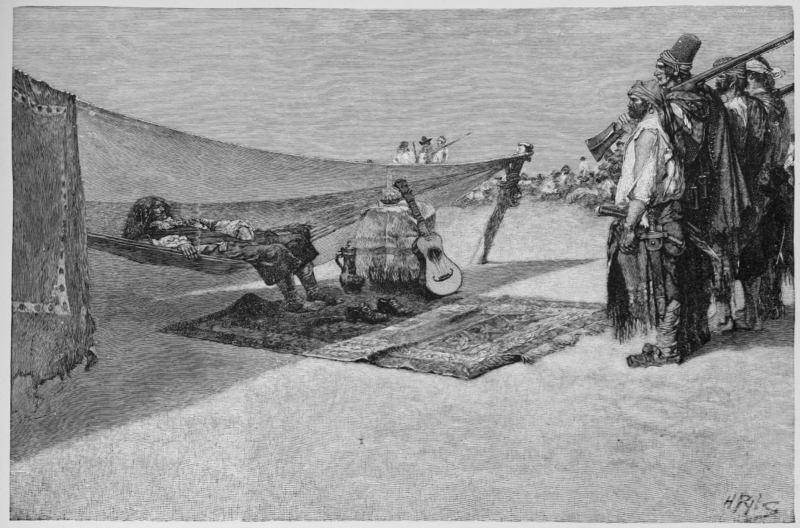
Role of Jewish Pirates in the Caribbean
Jewish pirates played significant roles in the Caribbean, engaging in acts of piracy and privateering that influenced the region’s maritime history. Privateering, sanctioned by European governments, allowed private individuals to attack and seize enemy ships during wartime, with the promise of legal immunity and a share of the spoils.
Notable Figures Such as Moses Cohen Henriques
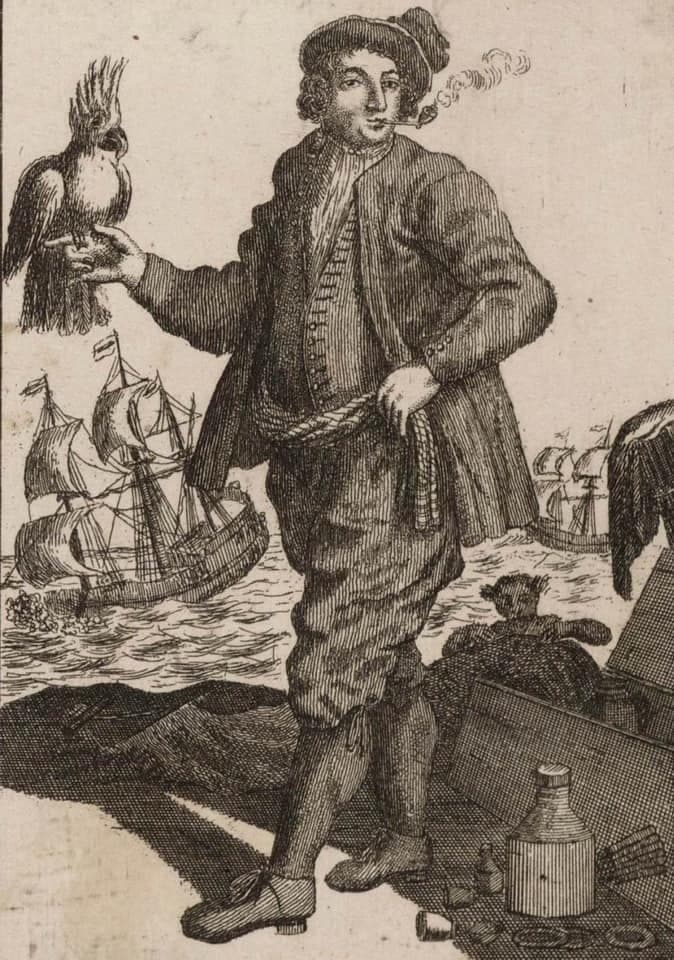
Moses Cohen Henriques stands out as one of the most notable Jewish privateers in Caribbean history. Born into a Sephardic Jewish family, Henriques hailed from Portugal but found himself drawn to the adventurous life of a privateer. He is best known for his involvement in the capture of Spanish and Portuguese ships during the early 17th century. Henriques operated in the Caribbean and in total his plunder and haul from his raids on the Spanish is estimated to be about 1 billion USD in current value.
Henriques played a pivotal role in securing British control of Jamaica from the Spanish. His maritime exploits, including successful raids and engagements at sea, contributed to the weakening of Spanish dominance in the region and bolstered British ambitions in the Caribbean.
Beyond his military prowess, Henriques exemplified the entrepreneurial spirit of Jamaican Jews. He navigated complex political and economic landscapes, forging alliances with European powers and fellow privateers to advance his interests. His actions not only enriched himself and his crew but also contributed to the broader geopolitical changes unfolding in the Caribbean during his time.
The presence of Jewish pirates and privateers underscores the diverse roles Jews played in Caribbean society. Their activities, while controversial and often condemned by contemporary moral standards, illustrate their agency and adaptability in navigating the complex realities of colonial life. As we explore the legacy of Jamaican Jews, their contributions as privateers serve as a testament to their resilience and capacity to influence historical narratives in unexpected ways.
Cultural Integration
The cultural integration of Jamaican Jews is a fascinating tale of adaptation, exchange, and creativity, blending Jewish traditions with the vibrant tapestry of Jamaican culture.
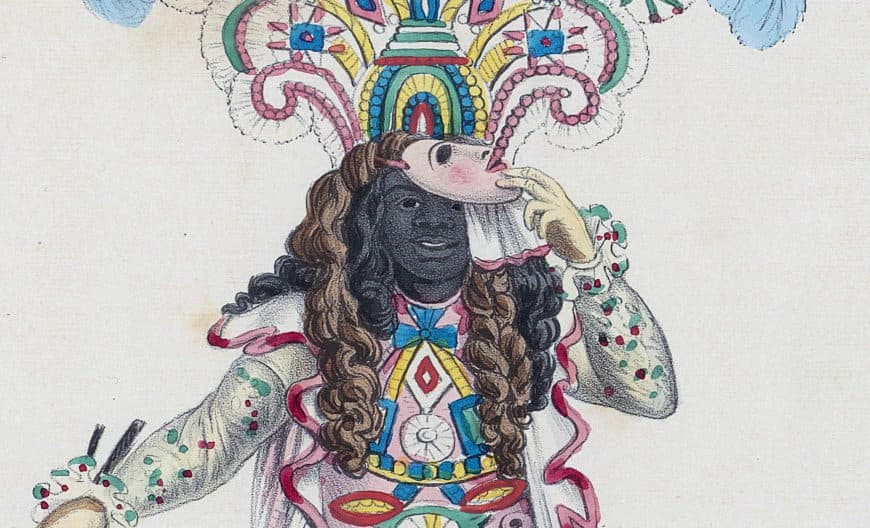
Blending of Jewish and Jamaican Cultures
From the early days of settlement, Jamaican Jews actively engaged with local customs and traditions while maintaining their distinct religious identity. This cultural exchange led to a rich synthesis of practices and beliefs, shaping a unique Jamaican-Jewish heritage.
Cuisine: Adaptation of Kosher Cooking with Local Ingredients
One of the most visible aspects of cultural integration for Jamaican Jews was in their cuisine. The Jewish community skillfully adapted traditional kosher cooking practices to incorporate the rich array of local ingredients and flavors available in Jamaica. This culinary fusion created unique dishes that honored Jewish dietary laws while embracing the island’s vibrant food culture.
Fusion of Jewish and Caribbean Culinary Traditions
Jamaican Jews brought with them a wealth of traditional recipes that adhered to kosher dietary laws. Upon settling in Jamaica, they found a variety of new ingredients—tropical fruits, vegetables, and spices—that were vastly different from those in their ancestral homelands. Rather than abandoning their culinary heritage, they adapted these recipes to include local produce and flavors, resulting in a delightful blend of Jewish and Caribbean cuisines.
Examples of Adapted Dishes
For instance, traditional Sephardic Jewish dishes such as fish escabeche and spicy eggplant salad underwent a transformation with the inclusion of Jamaican ingredients. Fish escabeche, typically prepared with vinegar and spices, might incorporate local Jamaican fish like snapper or kingfish. This not only adhered to kosher practices but also took advantage of the fresh, flavorful fish available in the Caribbean.
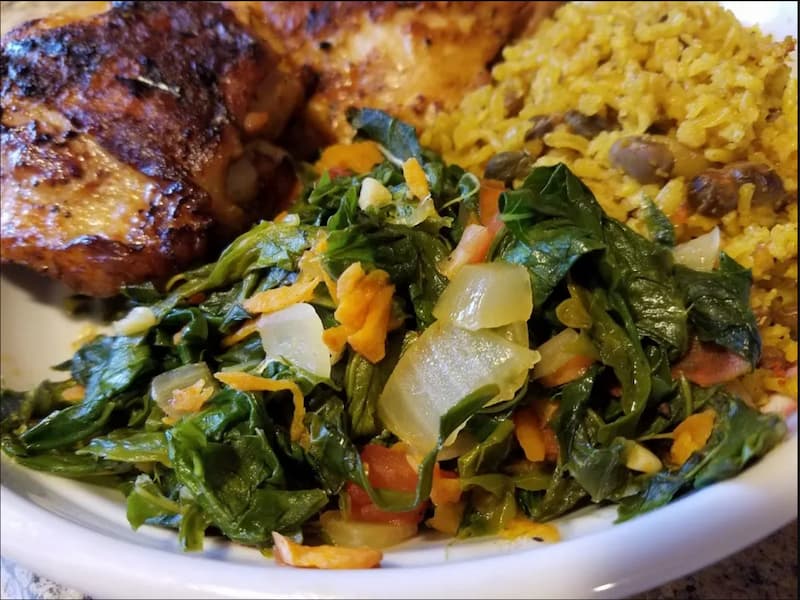
Spicy eggplant salad, a beloved Sephardic dish, was similarly adapted. Instead of the standard Mediterranean ingredients, Jamaican Jews might incorporate local produce such as callaloo (a leafy green similar to spinach) and Scotch bonnet peppers. These ingredients added new textures and flavors to the dish, creating a unique version that was distinctly Jamaican yet deeply Jewish.
Influence of Caribbean Spices
Caribbean cuisine is renowned for its bold and aromatic spices, and these flavors were seamlessly integrated into kosher cooking. Spices such as allspice, Scotch bonnet peppers, and pimento added a new dimension to traditional Jewish dishes. For example, brisket or cholent (a slow-cooked stew) could be seasoned with allspice and pimento, infusing the meat with the distinctive warmth and depth of Caribbean spice profiles.
Celebration of Diversity and Innovation
The result was a culinary tradition that celebrated diversity and innovation, offering a taste of both worlds on a single plate. This fusion not only satisfied religious dietary requirements but also contributed to the gastronomic diversity of Jamaican cuisine. The adaptation of kosher cooking practices with local ingredients and flavors created a unique and rich culinary heritage that continues to be celebrated today.
Language: Integration of Hebrew and Ladino Words into Local Dialect
Language also played a crucial role in cultural integration. Hebrew and Ladino words found their way into the Jamaican dialect, enriching local vocabulary with terms related to Jewish religious practices, foods, and familial relationships. This linguistic exchange facilitated communication and fostered a deeper understanding between Jamaican Jews and their non-Jewish neighbors.
Music: Fusion of Traditional Jewish Melodies with African Rhythms
Music served as another bridge between Jewish and Jamaican cultures. Traditional Jewish melodies, often sung in Hebrew during religious ceremonies, were infused with African rhythms and musical styles. This fusion gave rise to unique musical expressions that resonated with both Jewish and non-Jewish communities alike.
The integration of music was not merely a cultural exchange but also a celebration of shared experiences and histories. Jewish musicians collaborated with local artists, contributing to the development of Jamaican music genres such as reggae and ska. This cross-cultural pollination enriched the musical landscape of Jamaica and highlighted the interconnectedness of diverse cultural traditions.
As we explore the enduring impact of Jamaican Jews, the next section will delve into their economic contributions, highlighting their involvement in trade, agriculture, and manufacturing, and their establishment of trade networks that connected Jamaica to Europe, the Americas, and other Caribbean islands.
Challenges and Resilience
The history of Jamaican Jews is marked by resilience in the face of challenges, including natural disasters, economic fluctuations, and cultural shifts.
Natural Disasters and Economic Fluctuations
Jamaica’s geographical location exposes it to natural disasters such as hurricanes and earthquakes, which have historically posed significant challenges to the island’s inhabitants, including the Jewish community. These disasters often caused widespread destruction, affecting both infrastructure and livelihoods.
Economic fluctuations, including shifts in global trade patterns and market demands, also impacted Jamaican Jews who were involved in industries such as sugar, coffee, and rum. Changes in economic conditions could lead to periods of prosperity followed by economic downturns, requiring adaptation and resilience from the community.
Rebuilding and Adaptation
Despite facing adversity, Jamaican Jews demonstrated remarkable resilience through rebuilding efforts and adaptation strategies.
The Jewish community in Jamaica, like the rest of the population, faced various challenges, including natural disasters. One such significant event was the Kingston fire of 1882. This catastrophic fire ravaged the commercial district, destroying 570 houses and leaving 6,000 people homeless. The devastation caused by this fire required immense resilience and rebuilding efforts from all affected, including the Jewish community. Despite these adversities, the Jewish population remained steadfast, contributing to the reconstruction and continuing to play a vital role in Jamaica’s cultural and economic landscape.
Rebuilding of Shaare Shalom Synagogue after the 1882 Fire
The devastating fire of 1882 in Kingston caused extensive damage to the Shaare Shalom Synagogue. In the wake of this disaster, the Jewish community demonstrated remarkable solidarity and resilience by coming together to rebuild their spiritual center. The reconstruction of Shaare Shalom Synagogue not only symbolized their unwavering commitment to preserving their religious and cultural heritage but also underscored their collective strength and unity in overcoming adversity.
Intermarriage and Integration with Other Ethnic Groups
Throughout their history in Jamaica, Jews have engaged in intermarriage and integrated with other ethnic and religious groups on the island. This cultural blending enriched the social fabric of Jamaican society, fostering greater understanding and cooperation between different communities.
Intermarriage facilitated cultural exchange and contributed to the diversity of perspectives within the Jewish community. It also strengthened ties between Jamaican Jews and their non-Jewish neighbors, promoting mutual respect and cooperation.
Modern Community
The Jewish community in Jamaica today reflects a legacy of resilience and adaptation, maintaining its cultural and religious identity while actively engaging with the broader society.
Current State of the Jewish Community in Jamaica
In the present day, the Jewish community in Jamaica remains small yet vibrant, comprising individuals and families who continue to uphold their religious traditions and cultural heritage. While the community has experienced demographic changes over time, including emigration to other countries, its presence on the island endures through concerted efforts to preserve its legacy.
Preservation of Heritage Through Religious Services, Cultural Events, and Educational Programs
Central to the community’s preservation efforts are religious services, cultural events, and educational programs that celebrate Jewish traditions and values. Synagogues such as Shaare Shalom in Kingston continue to serve as focal points for worship, community gatherings, and educational activities.
Cultural events, including festivals like Passover and Hanukkah, showcase Jewish customs and culinary delights, providing opportunities for both the Jewish community and the wider Jamaican population to learn about and appreciate Jewish heritage. Educational programs, ranging from Hebrew classes to lectures on Jewish history and ethics, play a crucial role in passing down traditions and fostering a sense of continuity among younger generations.
Community Engagement in Interfaith Dialogue and Social Initiatives
Beyond internal preservation efforts, the Jewish community in Jamaica actively participates in interfaith dialogue and social initiatives that promote mutual understanding and collaboration. Engaging with other religious and cultural groups on the island, Jamaican Jews contribute to initiatives aimed at fostering tolerance, respect, and shared values.
Social initiatives led by the community address issues such as poverty alleviation, education reform, and environmental conservation, reflecting a commitment to social justice and community welfare. These efforts not only strengthen bonds within the Jewish community but also contribute positively to the broader Jamaican society.
Interesting Facts
Exploring the history of Jamaican Jews reveals intriguing facts that highlight their impact on the island’s cultural, historical, and intellectual landscape.
Historical Landmarks such as Hunt’s Bay Cemetery
One of the most significant historical landmarks associated with Jamaican Jews is Hunt’s Bay Cemetery. Established in the 17th century, this cemetery serves as a testament to the long-standing presence of Jews in Jamaica. The tombstones, many inscribed in Hebrew, offer a glimpse into the lives and legacies of early Jewish settlers, reflecting their contributions to Jamaican society.
Stories of Jewish Pirates and Their Impact on Caribbean History
The stories of Jewish pirates in the Caribbean, including notable figures like Moses Cohen Henriques, add a colorful chapter to the region’s maritime history. These pirates and privateers played pivotal roles in conflicts between European powers, contributing to geopolitical shifts and influencing trade routes in the Caribbean.
Moses Cohen Henriques, for instance, distinguished himself not only through daring maritime exploits but also through strategic alliances that helped shape British control of Jamaica. His actions underscore the complex intersections of commerce, politics, and cultural identity in the Caribbean during the Age of Exploration.
Notable Contributions to Jamaica’s Intellectual and Cultural Life
Jamaican Jews have made significant contributions to the island’s intellectual and cultural life across various fields. From literature to music and beyond, their influence is evident in the diversity and richness of Jamaican cultural heritage.
Literature: Jewish writers and poets have contributed to Jamaican literature, weaving themes of identity, history, and societal change into their works. Their perspectives offer nuanced insights into the complexities of Jamaican society.
Music: The fusion of Jewish melodies with Caribbean rhythms has left an indelible mark on Jamaican music. Jewish musicians have enriched local musical traditions, contributing to genres such as reggae and ska with their distinctive sounds and compositions.
Intellectual Pursuits: In intellectual circles, Jamaican Jews have engaged in academia, journalism, and public discourse, contributing to debates on politics, economics, and social issues. Their voices have added depth and diversity to Jamaican intellectual life, shaping narratives and fostering critical inquiry.
As we continue our exploration of Jamaican Jewish history, the next section will delve into their enduring legacy in business and community leadership, highlighting their contributions to economic development and social progress in Jamaica.
Indigo: Symbol of Resilience and Cultural Heritage
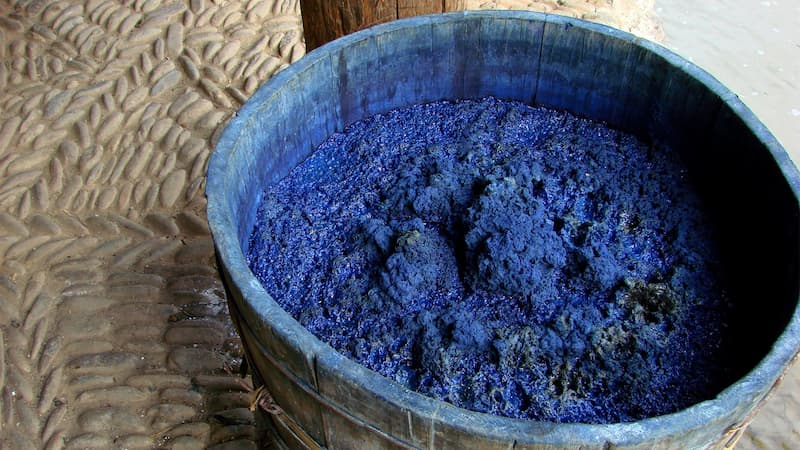
Indigo holds a profound place in Jamaica’s history, particularly during the colonial era when it was a vital crop alongside sugar and coffee. The cultivation of indigo, with its rich blue dye extracted from the indigofera plant, was integral to the island’s economy, relying heavily on enslaved labor from Africa. Beyond its economic role, indigo became a symbol of resilience and cultural heritage. Its deep blue hue adorned textiles exported worldwide, showcasing Jamaican craftsmanship and creativity. Today, efforts to preserve traditional indigo dyeing techniques highlight its enduring significance in Jamaican culture, reflecting both its historical importance and its role in contemporary artistic expression.
Conclusion
The legacy of Jamaican Jews spans centuries, marked by resilience, innovation, and cultural exchange. Their contributions to Jamaica’s history, culture, and economy are profound.
Summary of the Enduring Legacy of Jamaican Jews
Jamaican Jews arrived fleeing the Spanish Inquisition. They integrated into society with resilience. They faced challenges like natural disasters and economic fluctuations. Throughout, they maintained a vibrant cultural and religious identity.
Their Contributions to Jamaica’s History, Culture, and Economy
History: They played pivotal roles from early Spanish and British settlements. They were key in trade, agriculture, and intellectual pursuits. Figures like Moses Cohen Henriques exemplify their impact.
Culture: Jamaican Jews enriched heritage through blending kosher practices with local flavors. They integrated Hebrew and Ladino into the dialect. Jewish melodies fused with Caribbean rhythms.
Economy: They were integral to industries like sugar, coffee, and rum. They established global trade networks. Their efforts significantly contributed to economic prosperity.
Reflection on the Ongoing Presence and Influence of the Jewish Community in Jamaica
Today’s smaller Jewish community in Jamaica thrives. They preserve heritage, engage in interfaith dialogue, and lead social initiatives. They emphasize resilience, adaptability, and unity.
Their story of cultural exchange and coexistence offers lessons in diversity and mutual understanding for future generations.
References
- Hunt, James. “The Jewish Community of Jamaica.” Caribbean Quarterly, vol. 2, no. 3, 1951, pp. 184-194.
- Kritzler, Edward. Jewish Pirates of the Caribbean: How a Generation of Swashbuckling Jews Carved Out an Empire in the New World in Their Quest for Treasure, Religious Freedom—and Revenge. Anchor Books, 2009.
- Levenson, Barry M. Jewish Jamaica: Its History and Heritage. Kingston Publishers, 2008.
- Rose, Eli. “The Jews of Jamaica: From Spanish Settlement to the End of the Eighteenth Century.” Caribbean Studies, vol. 9, no. 3, 1969, pp. 29-50.
Further Reading
- Ben-Ur, Aviva. Sephardic Jews in America: A Diasporic History. NYU Press, 2009.
- Poliakov, Leon. Jews in the Caribbean: From the Inquisition to the Present. University Press of Florida, 2000.
- Schorsch, Jonathan S. Jewish Maritime Activities in the Caribbean and Latin America During the Age of Discovery. KTAV Publishing House, 1992.

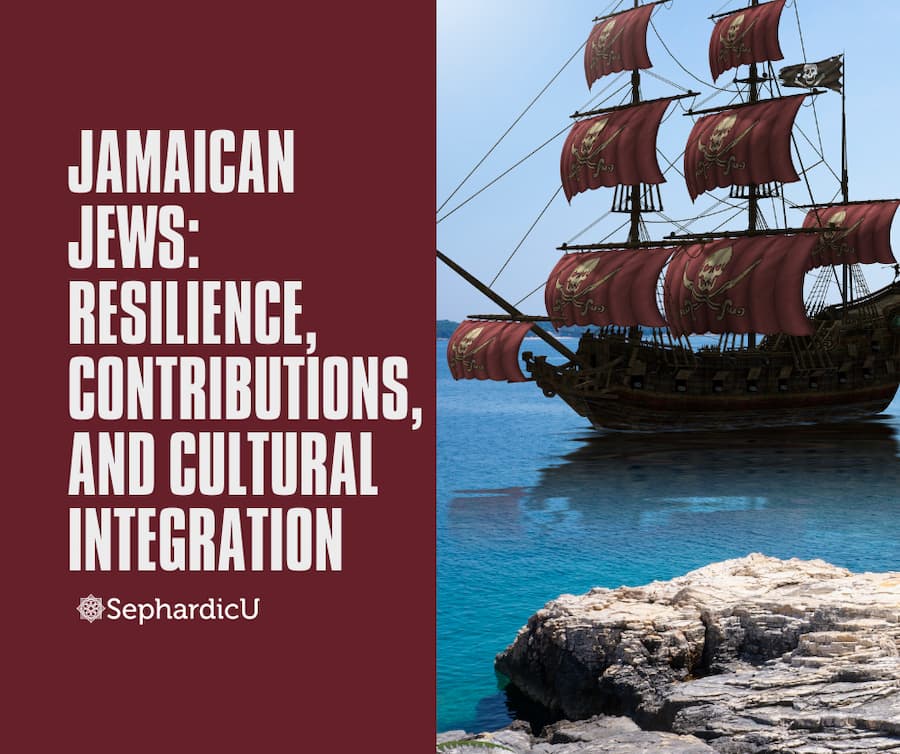

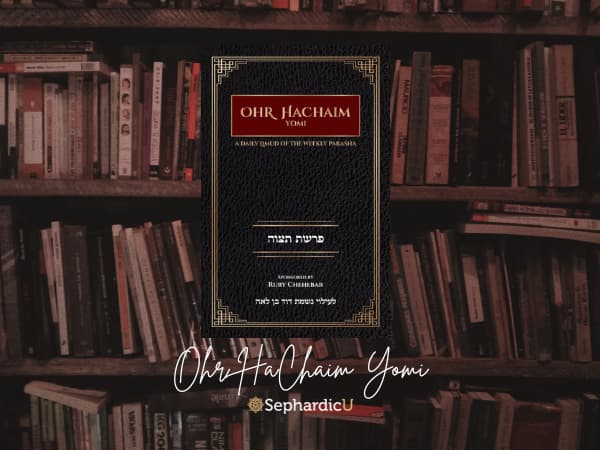
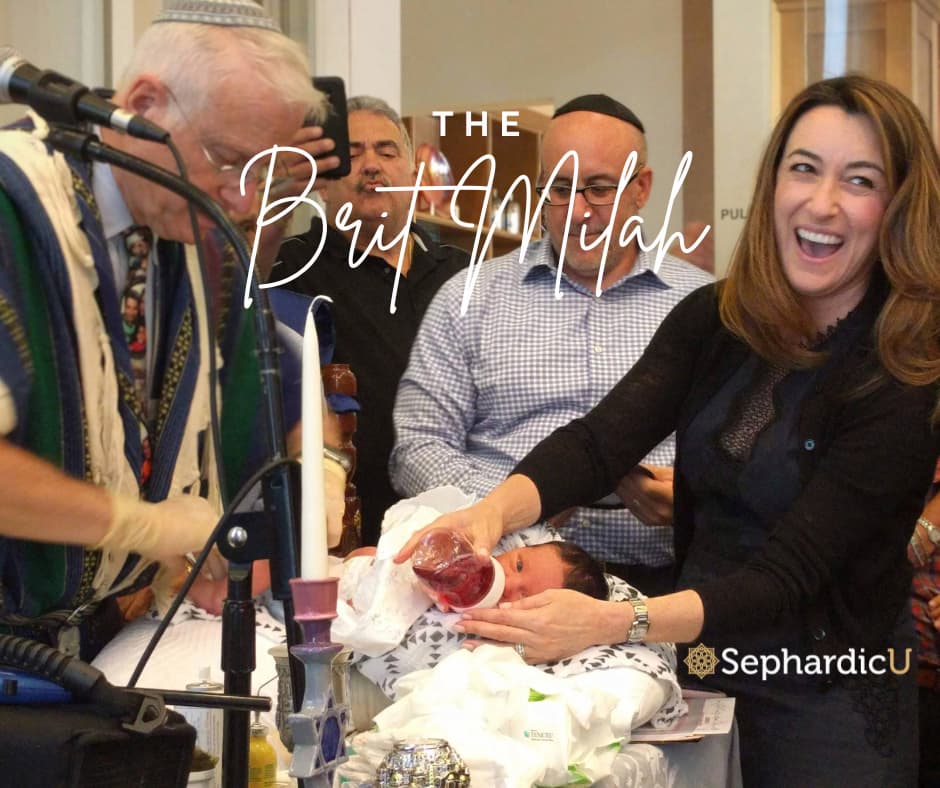



Ohr HaChaim Yomi – Emor